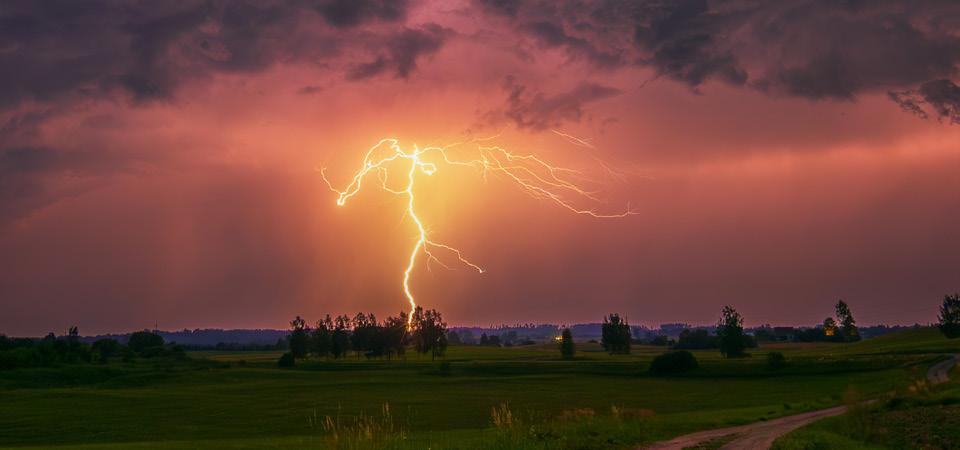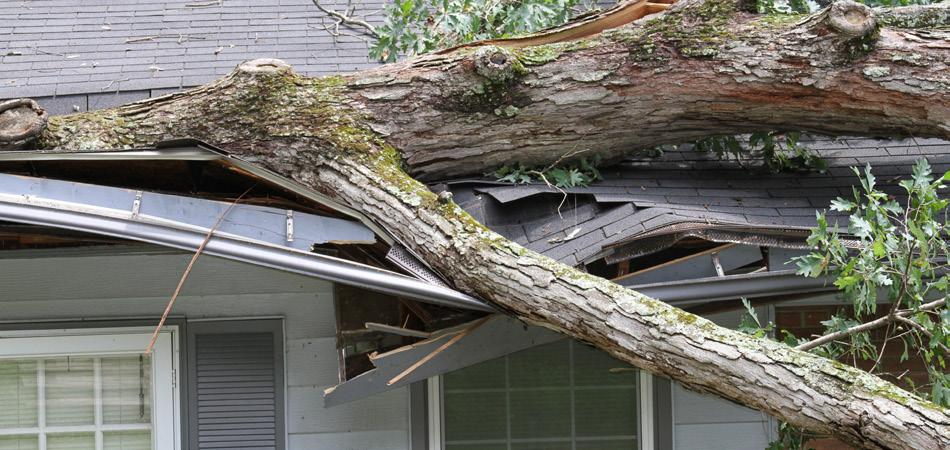
THE NOCO HOUSING MARKET IS PROVING TO BE RESILIENT
Are you hearing that the local housing market is turning sluggish? With more “for sale” signs in yards, persistent news stories about home prices falling, and inventory on the rise, it’s understandable to feel that way. Consequently, if you’re a would-be home seller, you might be hesitant to put your home on the market in such conditions.
In fact, the local market is on a sturdy footing. Just look at the data.
• As of August 25, single-family home sales across the region were up over the same time last year in all but one community in Northern Colorado. In that case, Greeley, the decline was just 1.2%.
• Median sale prices are also holding steady when compared to August 2024 – ranging from an increase of 7.9% in Timnath to a decline of just 1.2% in Wellington.
• While the average number of days for a house to be on the market is up slightly from last year, the number of homes under contract has increased at a robust rate in several markets – e.g., contracts are up by 13.6% in Windsor, 11.3% in Fort Collins, and 9.8% in Wellington.
Yes, more homes are indeed coming on the market. But buyers are stepping in and continuing to snap up properties at a healthy pace. If you’re a seller, that’s an important signal: the fact that more homes are being sold means there’s plenty of activity, as buyers look to take advantage of the increased choice. For sellers, the message is to keep your chin up, even if showings are not meeting your expectations. Recognize that serious buyers are still writing contracts and that closings are up. Homes priced appropriately are still selling. And if the Federal Reserve moves to reduce interest rates this fall, even more buyers could soon be motivated to jump into the market.
Call me if you have any questions about buying or selling in the current market.
FAIR PLAY? COLORADO’S ‘LAST RESORT’ INSURANCE PLAN FOR HOMEOWNERS IN NEED
As property insurance rates continue their rapid increase, certain homeowners in the state are facing a more daunting scenario: they can’t find an insurance carrier to give them coverage.
In the wake of wildfire destruction and other weather-related losses, carriers are not only raising rates, but even canceling policies for people deemed to be in high-risk settings. In at least one case, a private carrier has decided to withdraw entirely from doing business in Colorado, and some national firms will no longer write in high-risk areas.
What can you do if you stand to lose coverage?
Here’s some advice from Collective Insurance Group:
• Shop with preferred and regional insurance carriers in the standard market.
• If rejected, then complete mitigation work and reapply. Many companies will reconsider coverage once you make improvements.
• If you still can’t find a standard carrier, work with an independent insurance advisor to research excess and surplus carriers.
• Finally, if the excess or surplus market will not accept the risk, see your independent agent to learn more about the Colorado FAIR Plan.
Earlier this year, the state launched the FAIR Plan as an insurer of last resort for residents without any other options. But be aware, FAIR (Fair Access to Insurance Requirements) costs run high, and there are limitations to what gets covered.
Between implementation in April and early August, the FAIR program had only issued 51 policies – perhaps a sign that Colorado homeowners are still finding success in the private market (by comparison, a similar plan in California now insures 591,000 homes). Meanwhile, your best defense is to be informed about the market conditions in your area (are you in a high-risk area?) and be prepared for shifting market conditions. By knowing your credit and insurance history, you can better navigate what lies ahead. If you want to learn more about Colorado’s FAIR Plan, contact an independent insurance advisor, like Collective Insurance Group, to guide you through eligibility, application, and ongoing strategy.




In Colorado, homeowners’ insurance premiums have been steadily increasing – up a whopping 52% between 2018 and 2023, with some high-claim areas experiencing even larger increases. Working with a local, independent insurance advisor, such as the Collective Insurance Group, can ensure that your coverage is tailored to your needs.
Tips to protect yourself and to keep your insurance premiums as low as possible:
• Making upgrades to the roof. If your roof is 15 years old or older, consider replacing your roof.
• Adjust deductibles
• Review coverage regularly
• Bundle policies
• If you are in a high-risk area for wildfires, mitigate those risks.
• Speak with your local insurance advisor prior to making a claim Request a Quote!

Talk with your trusted insurance advisor to ensure you fully understand the implications of changing your insurance policy and increasing your deductibles.
The Collective Insurance Group invites you to contact them or stop by The Group at 2803 E. Harmony Road in Fort Collins to schedule a complimentary, no-obligation insurance review.
MOVIN’ OUT: WHERE COLORADO RESIDENTS GO WHEN THEY LEAVE
Living in Colorado, we get used to reading and hearing about where newcomers are from. You probably know someone who came here from California or Texas – or pick any state in the Upper Midwest.
But when people leave Colorado (yes, that happens), where are they off to? In its latest survey on migration trends within the United States, U-Haul came up with some clues.
According to the truck rental company, Colorado is among the top five origin states for people moving to Kansas City, Mo. (No. 2); Austin, Texas (No. 3); Phoenix (No. 3), San Antonio (No. 3) and San Diego (No. 5).
Colorado is also among the top 10 origin states for people moving to Dallas (No. 6); Houston (No. 6); Las Vegas (No. 6); Los Angeles (No. 6); Portland, Ore. (No. 6); Seattle (No. 6); Minneapolis (No. 8); Riverside, Calif. (No. 7); Sacramento, Calif. (No. 7); San Francisco/ San Jose (No. 7), St. Louis (No. 7), and Chicago (No. 10).
So, where are people mostly coming from these days? U-Haul tells us that the top origin states for newcomers to the Denver area are: Arizona, California, Florida, Illinois, Kansas, Missouri, New Mexico, Texas, Utah, and Washington.
Based on The Group’s real estate transactions in Northern Colorado over the past 12 months, we see most of our inbound migration coming in from the Midwest, Texas, and the Colorado border states. Our outbound migration primarily moves to the Southwest, the Southeast, Wyoming, and the Pacific Northwest.

THINKING OF A FIXER-UPPER? HERE’S THE ARGUMENT IN FAVOR
Northern Colorado is not typically a housing market loaded with “fixer-upper” properties. But if you can find one such house that strikes your fancy, and you’ve got patience and perseverance to spare, then this might be a good time to take the plunge.
Why?
The inability to line up a contractor has been an obstacle to getting repair and renovation projects off the ground in recent years. But there are signs that the availability of skilled workers is starting to rebound, as more contractors around the region appear to be eager to take on new work.
Even with the right contractor, there are some basic considerations to keep in mind if you want to tackle a restoration project. Bankrate.com recommends the following:
• Focus on location: Make sure it’s a neighborhood that meets your needs, whether that means good schools, access to parks, or shopping.
• Budget for the unexpected: Add an extra 20% into your budget to cover for surprises.
• Expect disruptions: If you plan to live in the house during construction, be ready to cope with annoyances and delays.
• Get a home inspection: There’s a difference between a home in disrepair and a “money pit.” Be sure you are aware of all the flaws before you commit.
• Find the right financing: Certain loans can combine remodeling costs into your mortgage. Do your homework with a lender to find the right option. Call me to discuss the pros and cons of a fixer-upper or to review financing scenarios with The Group Mortgage.

If
Harmony Office/Corporate Services 970.229.0700
2803 E. Harmony Road, Fort Collins, CO 80528
Mulberry Office
970.221.0700
Loveland Office
970.663.0700
Timnath Office
970.840.0700
Regional Office at Centerra
970.613.0700
www.thegroupinc.com

REAL ESTATE BY NUMBERS
$10.7 million. Estimated pre-development budget the city of Greeley is considering in order to clear the way for a new Downtown Civic Campus. The deal, which includes $7 million to buy downtown properties, would set the stage for a future Greeley City Hall and a new hotel with up to 100 rooms.
$55 million. Price that Wisconsin-based investors paid to buy The Promenade Shops at Centerra in east Loveland. The 493,000-square-foot shopping center is 20 years old.
$23 million. Purchase price for four buildings that were part of the former Eastman Kodak Co. campus in Windsor. The combined square footage of the buildings is 260,802, including a 186,668-square-foot manufacturing building.
$30.4 million. What investors paid for The View on 26th, an 83unit apartment building in Boulder,. The 31-year-old complex, which spans 75,000 square feet, is located at 1853 26th St.
3,394. Square footage of the Fort Collins Food Cooperative building, located at 250 E. Mountain Ave. in downtown Fort Collins. The building has been put up for sale. Funds from the sale will help to finance the purchase of the former Beavers Market at 1100 W. Mountain Ave., where the grocery operation plans to relocate.
44 percent. Percentage of respondents to a recent Pew Research Center Study who said they trusted most or all of their neighbors, a decline from previous years. That figure is down from 52% in 2015.
$132.2 million. What Minnesota-based investors paid for the 420-unit Railway Flats apartment community in Centerra. The property in east Loveland is located at 2105 Hopper Lane. 192,900. Proposed square footage for a new student apartment project, to be located at 633 W. Lake St. in Fort Collins. The building site is near Canvas Stadium on the Colorado State University campus.
$10 million. Purchase price for an 11,376-square-foot mansion, known as Captain’s Rock Ranch, in Evergreen. The deal includes 667 acres of surrounding land, as well as the fivebedroom, eight-bathroom home at 3999 Evans Ranch Road.
$57 million. Price paid by investors for a senior-living community in Broomfield known as The Grand at Broomfield, A Stellar Senior Living Community. The property is located at 1450 W. 169th Ave.


